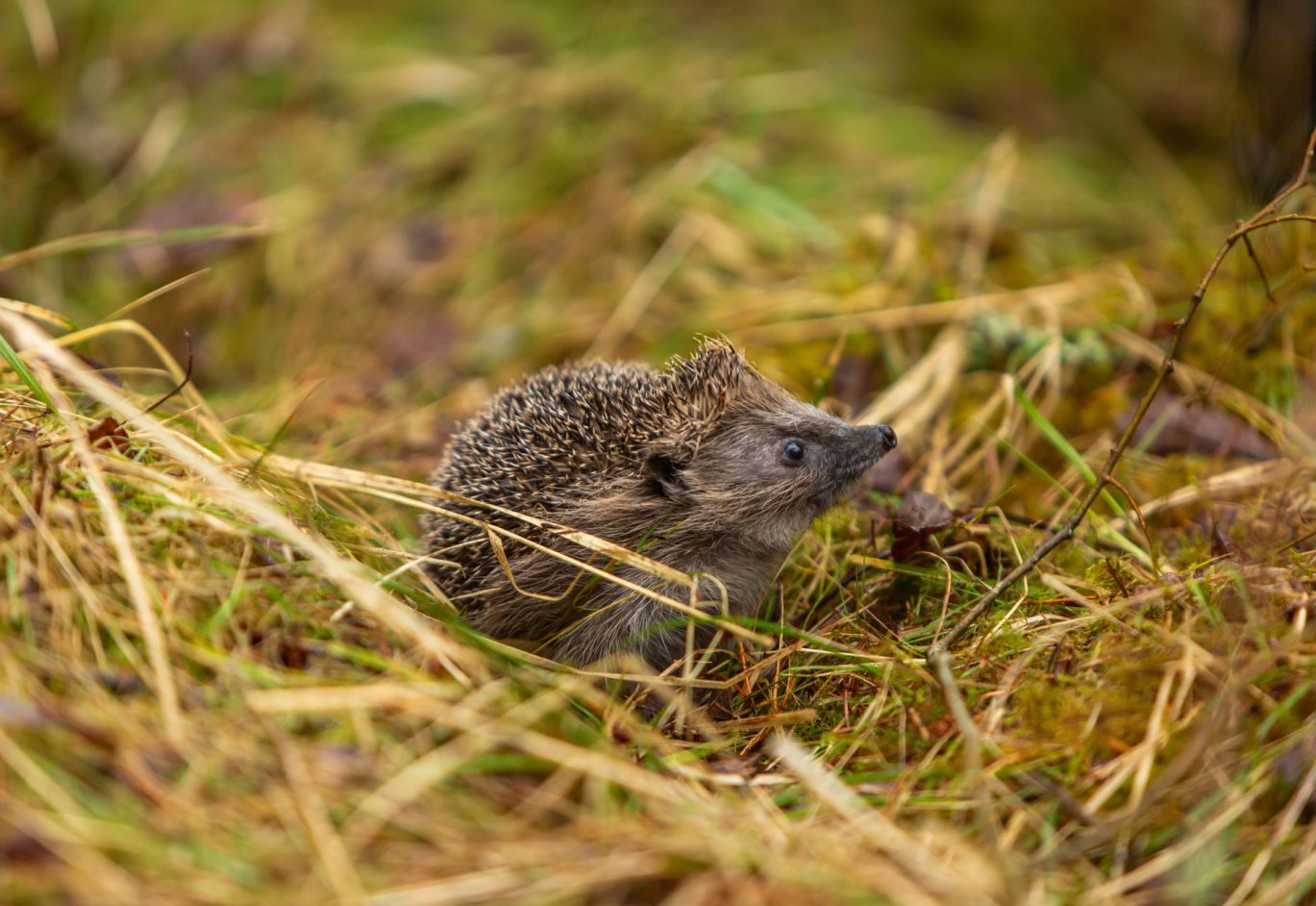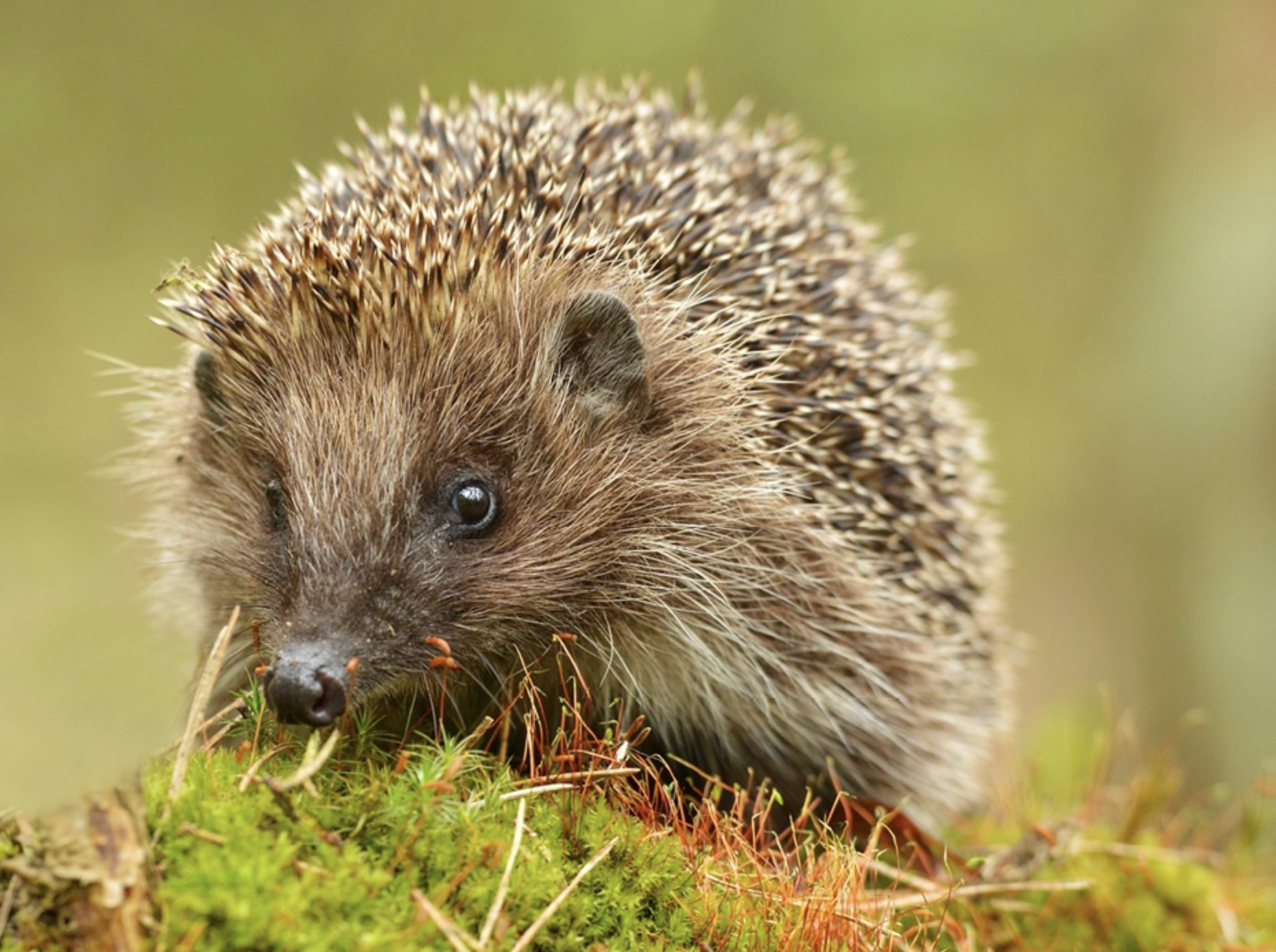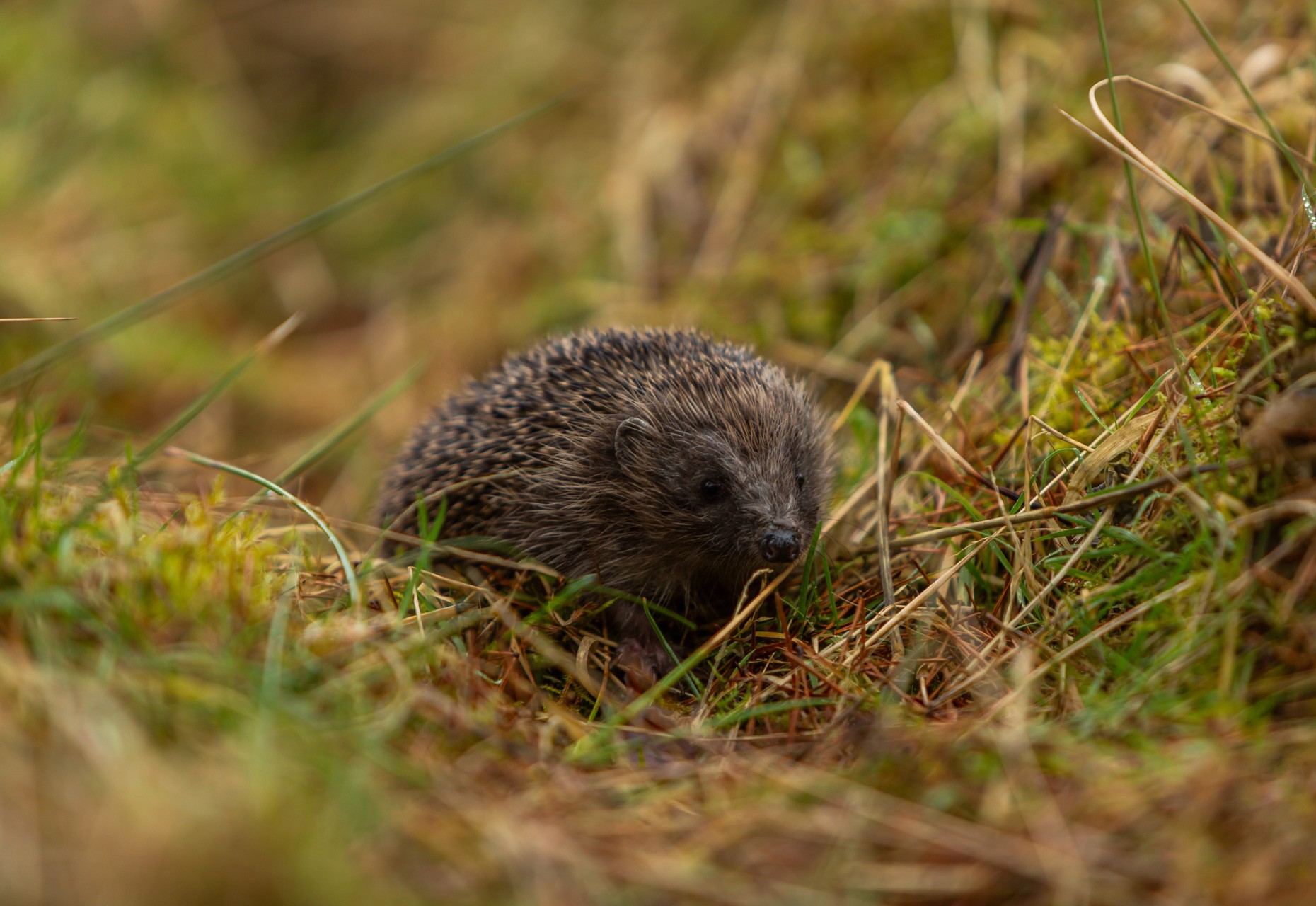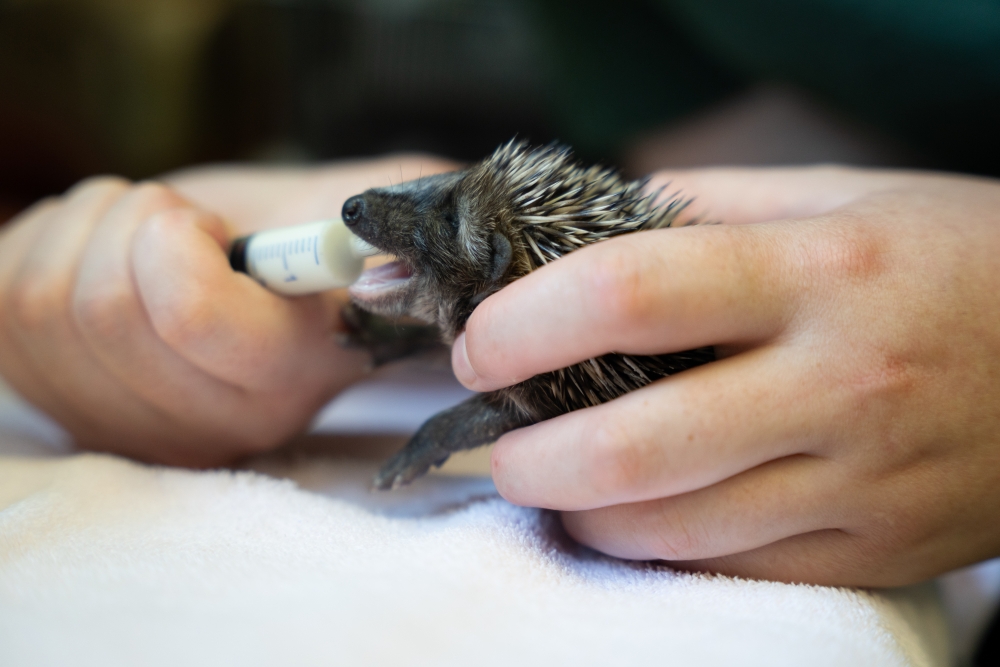
When and why hedgehogs hibernate
Here’s everything you need to know about when they settle in for their seasonal snooze.
Our prickly neighbours are one of the UK’s most beloved garden visitors, so knowing how to make sure they can hibernate in peace is a huge favour that we can all do to look after them through the winter and make sure they wake up healthy in spring.
Why hedgehogs hibernate
As autumn fades and winter sets in, hedgehogs start to join all the other animals that enjoy a yearly hibernation. It’s a critical part of their survival as a species.
Hedgehogs need energy to maintain their day-to-day activities, grow and move about – this usually comes from their diet of beasties like beetles, caterpillars and worms. And when winter hits, especially in the UK where the temperature drops significantly, their food source becomes even more limited and hard to find.
With less energy in, they need to reduce the amount of energy they use. They then enter a state called torpor where their bodies cool, and their heart rate decreases. They also breathe a lot less – only around once every few minutes. Moving into this state for a few months allows hedgehogs to survive without needing to eat until spring.
When do hedgehogs hibernate?
Hedgehogs don’t have a set date in their calendar to wind down for hibernation. The question of when all depends on the weather conditions. In general, hibernation will typically begin between October and November. But every hedgehog will hibernate differently too – the actual date that they start, and the duration of their hibernation can depend on the weather and their individual fat reserves.
Hedgehog hibernation might not be a continuous process either. If there’s a mild spell, some may wake early and search for food before returning to hibernate when it gets colder again. So, if you see a hedgehog pottering about your garden unexpectedly during these months, that is probably why – so help them out by setting out something tasty to nibble on.
Where’s safe for them to hibernate?
As the time to curl up somewhere comfortable approaches, hedgehogs will seek out their own space that’s safe and sheltered. They’ll want to stay undetected from predators, disturbances and extreme weather.
They might choose natural hideaways such as dense hedgerows, a pile of leaves, compost heaps or log stacks. All these options will provide perfect insulation and protection.
However, as our gardens become tidier and more modern, these natural habitat options are becoming less available to our prickled friends. They can struggle finding somewhere, especially in more urban areas. You can help by leaving some untouched wild areas in your garden or by creating your own hedgehog house – this is a great activity to plan with kids.
Do not disturb
No one likes being rudely awakened from a good sleep. But for hedgehogs, disturbances during their hibernation period can be extremely dangerous. Waking up causes them to become active again and they start using up their precious energy reserves. If they can’t replenish this energy, they might not make it through the winter.
What to do if you have them in your garden
Keep them well fed
Ensure your hedgehog visitors have access to food in autumn so that they can build up the necessary fat stores to make it through their long winter sleep. Having wild spaces to forage for natural food sources like grubs and insects is the best way to make sure that they can prepare for hibernation. You can also top up their food sources with things like plain kitten biscuits, meat-based wet dog or cat food and specialist hedgehog food. Avoid leaving out bread or milk as this doesn’t agree with them. Place the food out at dusk and don’t forget to leave out a dish of fresh water.
Think twice before disturbing spaces
If you’re working in your garden during winter, check your compost heap, bonfires and sheds before clearing them as you might have a resident hedgehog.
Create a hedgehog highway
In their search for something tasty to eat or some shelter, hedgehogs can travel up to a mile each night. You can help make sure they can move freely between gardens by having small gaps in your fences or walls.
Avoid using chemicals
Pesticides, slug pellets and chemical fertilisers can harm hedgehogs and their food sources. Try alternative natural pest control methods instead, like encouraging birds and frogs to keep slugs in check or using wildlife-friendly alternatives.
Be careful with garden netting
Our rescue team often get called out to free hedgehogs that have become trapped and injured in loose netting from fruit and vegetable patches and sports equipment. Make sure any netting is at least a foot off the ground or securely stored when not being used.
Leave out extra bedding materials
For the ultimate warm and cosy nest, you can help out your hedgehog friends by leaving out extra materials like dry leaves, straw or hay. Avoid anything synthetic as this could be harmful if ingested or tangled in their spines.
By understanding when and why hedgehogs hibernate, we can all do our part to support these beloved creatures through the colder months. With natural habitats disappearing, our gardens are more important than ever for these creatures. So, whether it’s providing food in autumn, creating safe spaces in our gardens, or simply being mindful of where they might be sleeping, our small actions can make a huge difference.
Here’s to more successful hibernation seasons
We hope our hibernation advice comes in handy in future if you have any spiked garden visitors. You could give them even more support by supporting the Scottish SPCA as we help rescue injured or underweight hedgehogs, and provide food and shelter.
Please consider giving a one-off donation today and help us give hedgehogs a safer future.
Give wild animals a fighting chance
From tiny hedgehogs to majestic birds of prey, Scotland’s wild animals depend on us. Whether they’re injured, orphaned or have been victims of animal cruelty, the Scottish SPCA are here to step in and help. Will you step in to support us?
Help protect our wild neighbours with a generous donation. We can use it to ensure that they have the chance to live free and healthy again through rescues, medical treatment and the rehabilitation they need to return to their natural habitats.

Support us from £5 a month
It costs us £63,000 every day to continue the work that animals across Scotland depend on. Our work is only possible because of the generosity of people like you.





